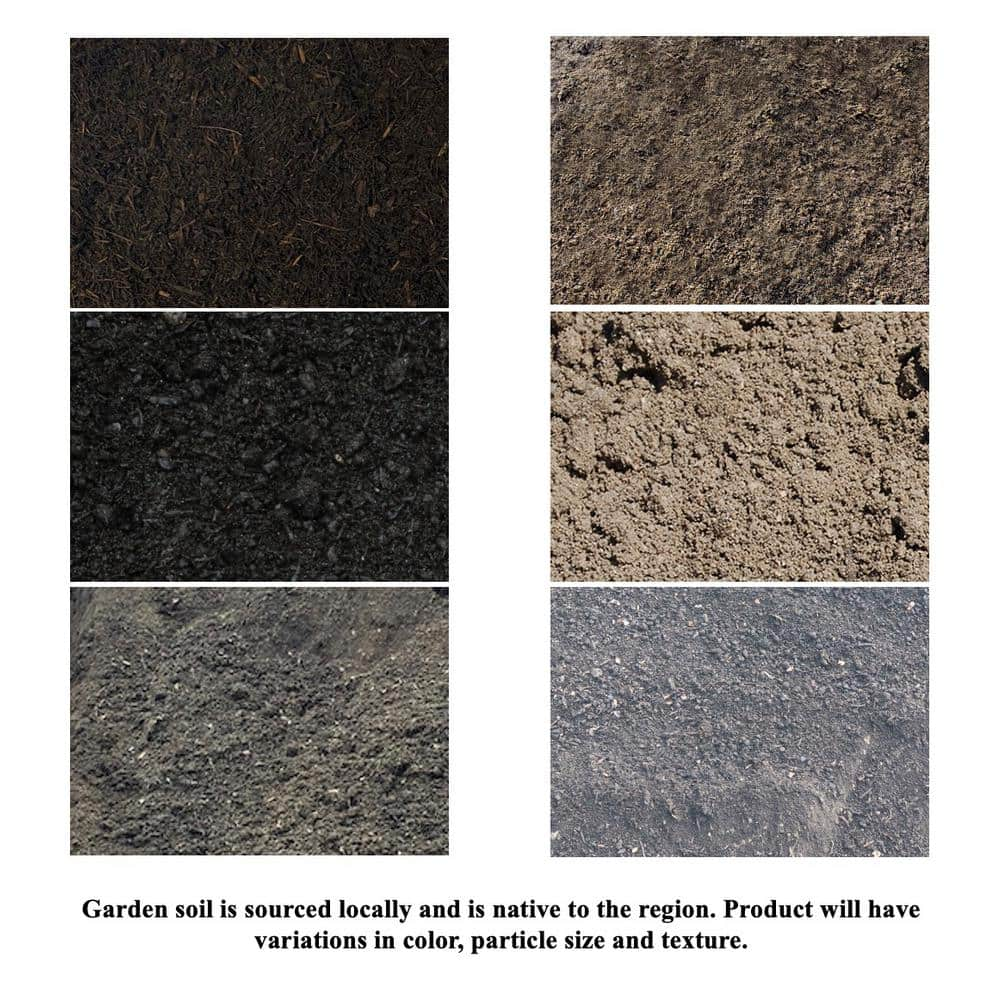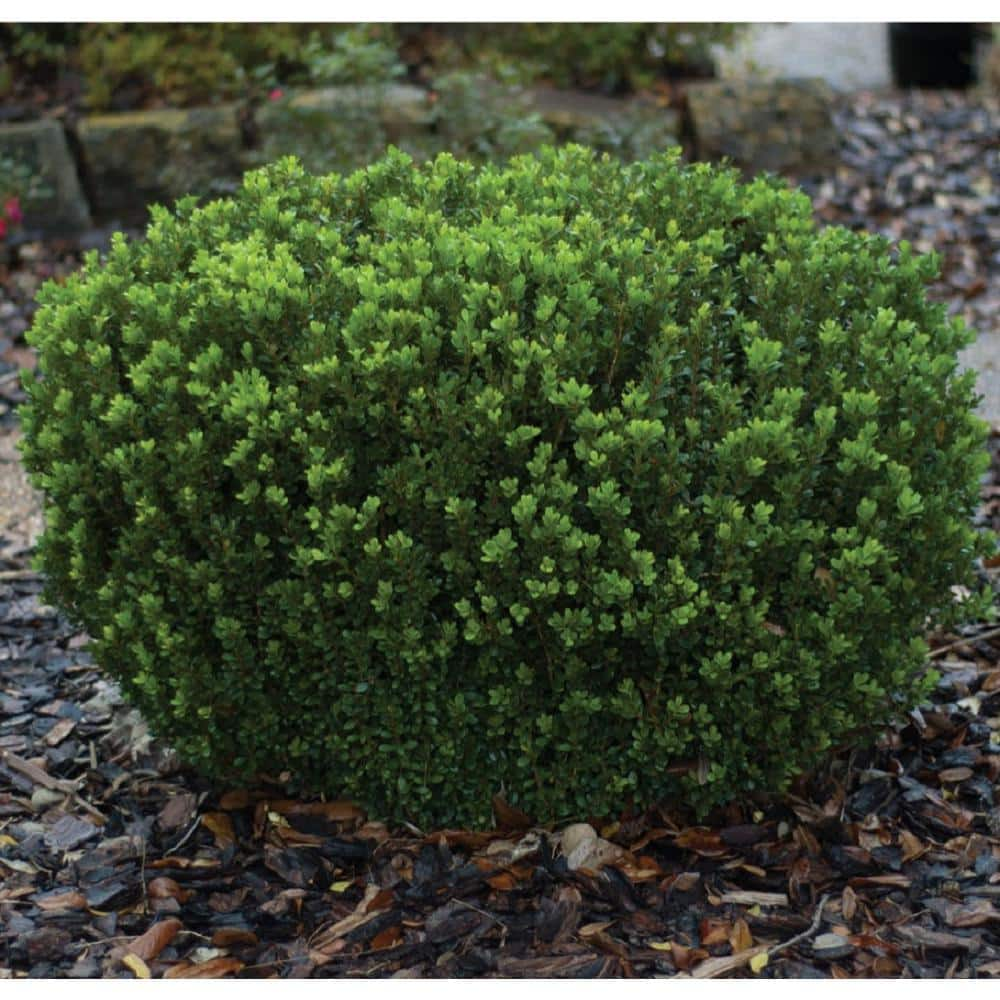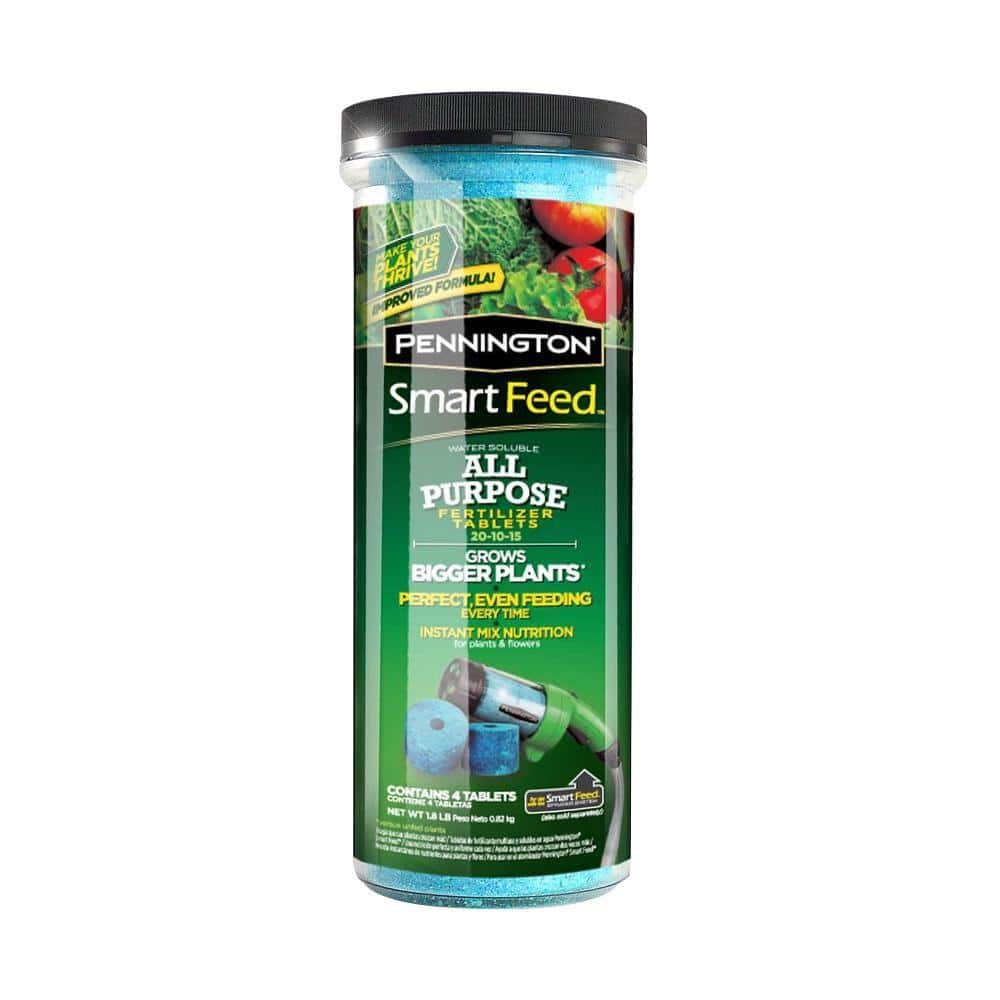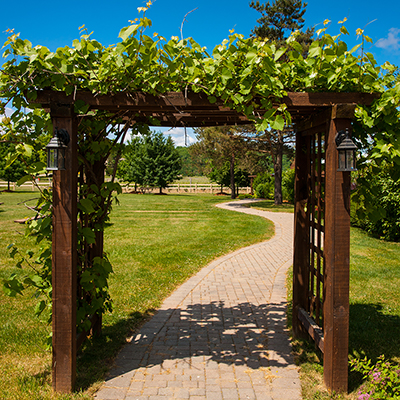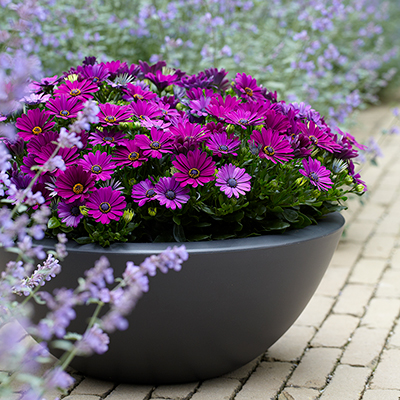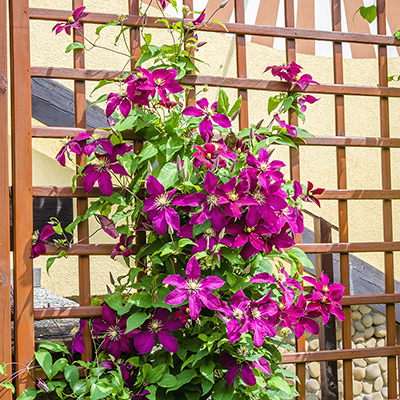How to Grow Clematis

Last updated July 19, 2024
Easy to grow and versatile clematis brings dazzling flowers to your garden. These vigorous flowers grow wilt-free spring through fall which is one reason clematis is considered the queen of climbing vines.
Although several shrub and ground cover varieties exist, clematis vines are the most widespread and popular. Some are even fragrant.
So let it go and let it grow, vertically.
Table of Contents
Versatile Clematis
Growing Clematis
How to Plant Clematis
Pruning Clematis Vine
Caring for Clematis
Versatile Clematis

If you’re looking for a hardy perennial vine with lots of color and versatility, try growing clematis in your garden.
You can grow colorful clematis along an apartment balcony, in a mailbox garden, on fences or climbing over an arbor or trellis. You could even train clematis to twine around your porch columns or a pergola. Some gardeners like to grow clematis vines beneath a shrub and let the vines wildly climb all over.
No matter where you grow clematis, the plants can last for many years, making it an economical choice for your garden. For container bound clematis, place it on a planter caddy so you can move it around.
Because clematis brings continuous blooms, you’ll love it for cut flowers you can bring inside. Clematis also makes a great gift for a loved one because it’s one gift that keeps on giving beauty.
Growing Clematis

Clematis vines grow best in USDA hardiness zones 4 to 9. Check plant tags and online information for the ideal variety for your growing zone.
Give clematis the proper start. Even though it takes up to two years for your vines to take off, your initial care will give clematis the boost it needs to thrive in your garden.
Clematis vines need well-draining soil that is rich in organic matter. Clematis' shallow roots prefer a cool, moist site. You can improve your garden soil by amending with organic compost.
Select a full sun site to plant clematis. Most clematis types flourish in at least six hours of sunlight each day. The trick is finding a way to keep clematis roots shaded and cool while the flowers get enough sunlight to open. You can protect roots from excessive heat with a fresh blanket of mulch each fall and spring.
How to Plant Clematis

When you're ready to plant a clematis vine, follow these tips:
- Plant in an area with six or more hours of sun each day.
- Dig a large hole and amend the soil with compost.
- Make a mound inside the hole.
- Mix in a slow-release fertilizer with water inside the hole before adding the clematis plant.
- Plant clematis vine by spreading the roots around the mound. Fill in the rest of the hole with native soil and compost.
- Water thoroughly. Regularly water your clematis, as they are thirsty vines.
- Add a 1-inch layer of mulch to clematis when new growth appears. Its roots like to be shaded.
- Train your clematis to climb by gently wrapping the stems around a trellis, mailbox post, arbor, fence post, pergola or wherever you’re planting your vines.
Tip: For containers, plant in pots larger than 24 inches wide and follow the same instructions above. Container plants will need more water than in-ground plants. Check the moisture level of the soil by touching with your fingertips. If the soil feels dry, it's time to water.
Pruning Clematis Vine

Always hard prune clematis in the first two seasons after planting. Then follow the guidelines below. Overall, it’s difficult to mess up pruning your clematis because it will usually bounce back.
- For clematis that blooms in early spring: Remove dead flowers and dead vines after the blooms completely die back.
- For late spring to summer bloomers: Prune back clematis by about a third in the spring before it blooms to encourage growth.
- For summer to fall bloomers: Cut back clematis vines in early spring to about 12 inches.
Tip: Remember to protect clematis roots with a fresh blanket of mulch each fall and spring.
Caring for Clematis

Low-maintenance clematis will provide long-lasting blooms. While most varieties thrive in sun, some prefer shade, so check the plant tag to ensure proper care.
- Soak container-planted clematis once a week and water containers more regularly during dry, hot weather.
- Deadhead spent flowers for continual blooms.
- Feed with a balanced granular fertilizer in spring and fall.
- Apply a 2-inch layer of mulch at the base of your vine in spring and fall.
- Use slug bait around young vines to prevent slug infestations.
Whether you're a novice gardener or looking to refine your green thumb, clematis is a plant worth growing in your garden. When you're ready to grow clematis, check out The Home Depot mobile app to search by voice or image.
